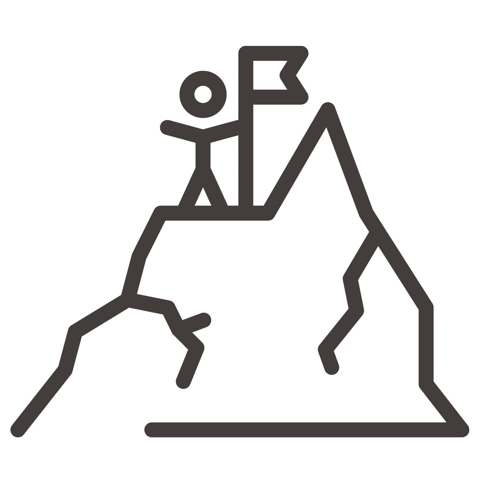Why shop here?
We are Pediment Publishing, an independent publisher of premium books and other collectable products. We've been wowing millions of customers for more than 25 years, which is why our customers give us such great reviews on Judge.me, an independent review platform. We are also rated A+ by the Better Business Bureau. Here are a few ways we promise to wow you!
Customers love us
★★★★★I am so glad to have discovered Pediment Publishing! Service is excellent and the quality of the three books I received is the very best. I'll continue to order from this fantastic organization!
★★★★★Purchased as a gift for my husband. He danced all over the place he was so excited. Everything was just gorgeous in the book. Also fast shipping. Thank you!
★★★★★Excellent quality and great communication. I ordered as a part of a pre-order promotion and Pediment Publishing did an outstanding job on communicating when/where our order was. Well packaged for shipment and tracked the order thru to delivery. Highly recommend Pediment for any orders going forward and we shall be return customers. Many thanks!
★★★★★The books are fantastic quality and almost make you feel like you were at the games. I had a fulfillment issue and Pediment replaced my copy right away. You really learn the truth about companies when something goes wrong, and after my experience, I would buy from and recommend Pediment Publishing as an online bookstore of choice!
★★★★★Communication on when my order would be delivered was very informative and accurate. Item was delivered as promised and in excellent condition.
★★★★★Easy to order; shipped and received very quickly. Packaging was excellent; book covered in plastic for protection. Just as described. I think my gift recipient will love it!




